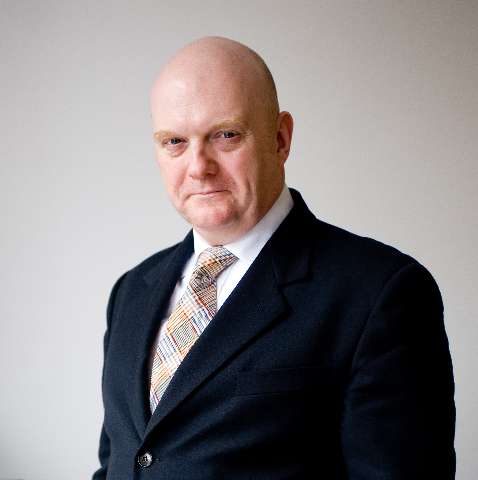A standing ovation spread like wildfire throughout the auditorium. Nothing so unusual about that except that this one happened before the curtains had even been raised: a spontaneous eruption of affection for a live art that had been absent from this stage for the best part of half a year. And it was also premonitory since both the content and performance of this reawakening was certainly deserving of such admiration.
The Royal Ballet’s director, Kevin O’Hare, deserves his own portion of the praise for serving up a fascinating mix of contemporary ballet to start things off again. Opening safely with a proven favourite in Christopher Wheeldon’s dreamy Within The Golden Hour as a preface to three premieres: Kyle Abraham’s Optional Family: A Divertissement (as quirky as the title suggests) and a brace of Crystal Pite’s theatrical magic in The Statement and Solo Echo, although it is difficult to accept that the same creative mind made such diverse works (like imagining the Mona Lisa and Guernica were painted by the same artist).
Wheeldon has made so many sumptuous and unforgettable ballets that it is difficult but nonetheless true to say that Within The Golden Hour is unrivalled for the enchanting imagery that flows persistently throughout its scenes. The music by Ezio Bosso (and Vivaldi) is so hauntingly beautiful that the challenge of meeting it with choreography of similar quality must have been a Herculean task, but one in which Wheeldon has succeeded superbly with spectacular support through Jasper Conran’s costumes, that manage somehow to be both shimmering and Spartan, and Peter Mumford’s warm lighting design. Three couples dominate the action, including Anna Rose O’Sullivan (on the day that her promotion to principal was announced) with Vadim Muntagirov, alongside Francesca Hayward and Valentino Zucchetti (such a delicious adagio duet) with Yasmine Naghdi and Ryoichi Hirano. They were supported by an excellent ensemble of eight including an uplifting, fast-paced duet by Leo Dixon and David Yudes.
Spoken text was a dominant factor in the next two works, either side of a long interval: firstly as an introduction to Abraham’s bulletin on a dysfunctional relationship; and then as the recorded soundtrack of satirical dialogue that reaps a rich harvest of movement in The Statement. In the first of these, the dance performance was prefaced by the reading of back-to-back letters by a husband-and-wife in a disintegrated marriage. Read in Siri-like, inhuman voices, Abraham’s catty and vitriolic text had the audience in stitches before the curtain had risen. Natalia Osipova (dancing on her 35th birthday) and Marcelino Sambé performed as the warring spouses (an upstage spat between them was comically observed) with Stanisław Węgrzyn as the grit within their marriage. This work was a short piece that Abraham created while getting to know the Royal’s dancers in preparation for a major commission due in March 2022. As an appetiser, this was an indicator of promise to come; as a work in its own right, one hopes it will stick around as a worthy addition to future programmes.
Both of Pite’s works were originally made for Nederlands Dans Theater (The Statement was seen in London during NDT’s June 2018 visit to Sadler’s Wells) and – as noted earlier – it is hard to imagine a more diverse pair. Solo Echo is a visual feast of pure dance by a septet of dancers set against an image of ever-falling snow on a dark winter night (a spectacle achieved by Jay Gower Taylor’s scenic design and Joke Visser’s directional lighting) with Pite’s choreography achieving Wheeldon-esque moments of beauty to match the solo piano (Robert Clark) and cello (Christopher Vanderspar) in extracts from two Brahms’ Sonatas. Cesar Corrales is another dancer promoted to the top rank earlier in the day and, together with Hayward and Sambé, he performed within an egalitarian group that also included Lukas Bjørneboe Braendsrød, Harry Churches (also just promoted to First Artist), Isabella Gasparini and Hannah Grennell.
The Statement is an extraordinary dance theatre satire on macro corporate (or government security?) politics. Three officials are joined by an unknown superior from “upstairs” to get an official statement on an incident, during which interplay there is much concern about what is “on the record”. Recorded voiceovers (including by long-term Pite collaborator, Jonathon Young) make quick-fire repartee that is closely aligned to the gesture and movement of the four performers, the choreographic excellence coming in their slick interactions. Ashley Dean, Kristen McNally, Calvin Richardson and Joseph Sissens rose to these pinpoint challenges with aplomb. McNally has always been a charismatic performer (who gained critical acclaim for her performance in Pite’s Flight Pattern) and Dean – who also shone in Within The Golden Hour – exhibits great potential for a career of similar trajectory. It seemed to have been a very smart move by O’Hare to treble up on his Pite treasury and it is not too frivolous to suggest that this quadruple bill (streaming from 28th May) was an important indicator for the company’s future.


